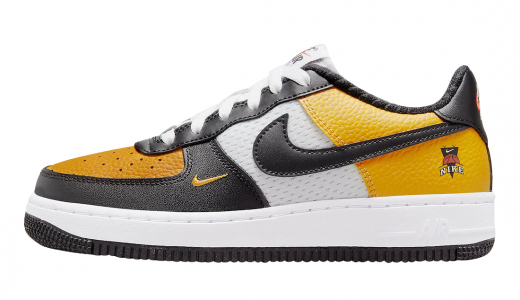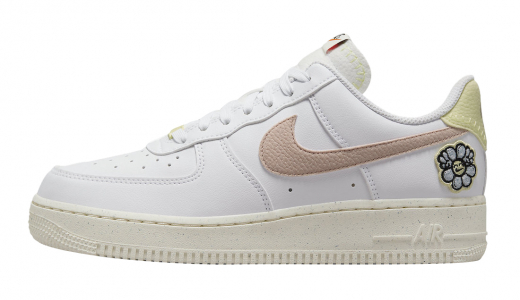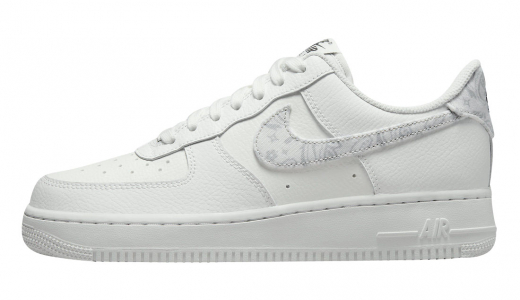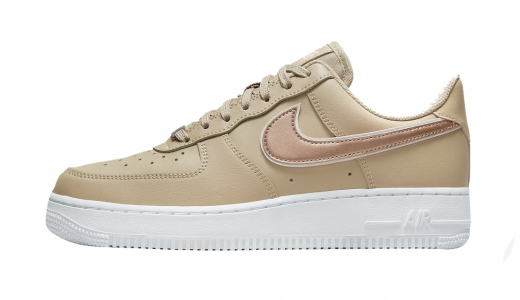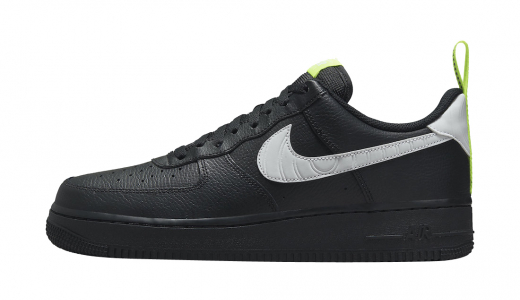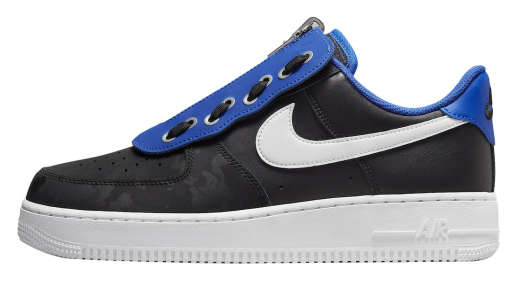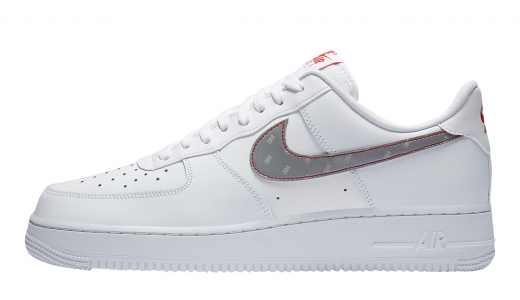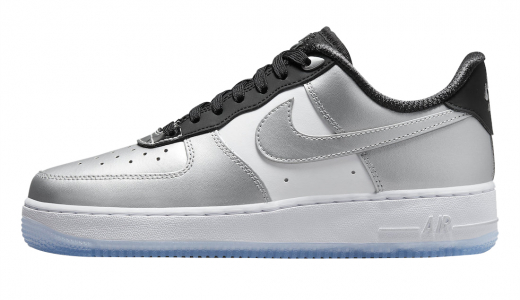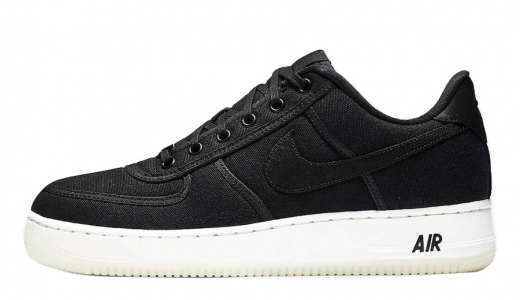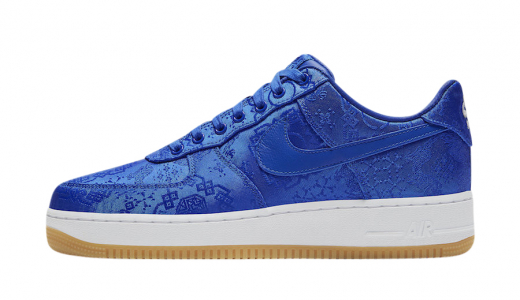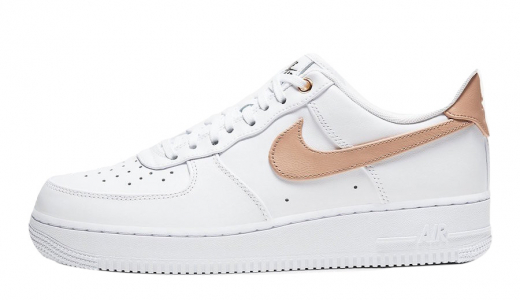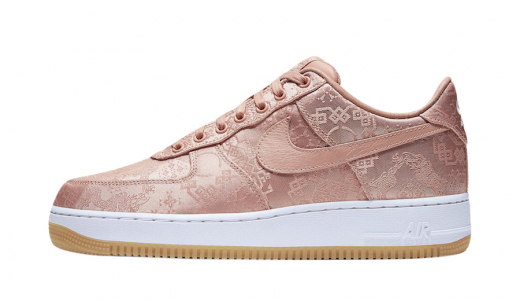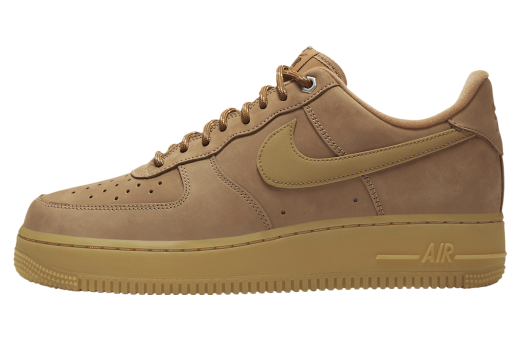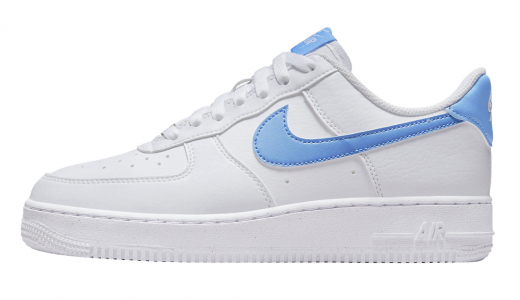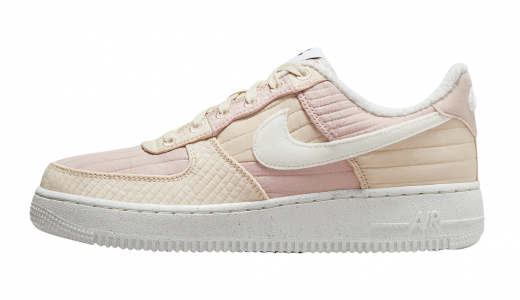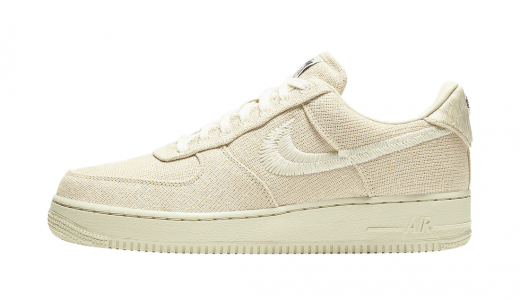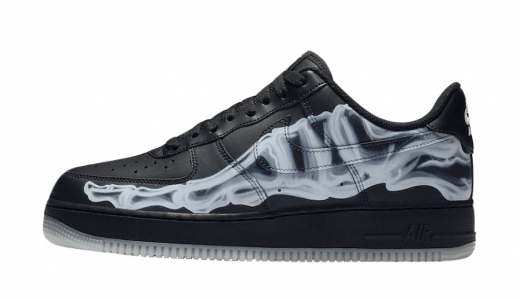Nike Air Force 1 Low
The Nike Air Force 1 Low is a seminal sneaker in the history of athletic footwear, known for its timeless design and cultural significance. Introduced in 1982, the Air Force 1 was the first basketball shoe to feature Nike’s innovative Air cushioning technology, which provided unparalleled comfort and support on the court. Although originally designed with athletes in mind, the shoe’s sleek silhouette, versatile styling, and wide array of colorways quickly made it a favorite off the court as well. Over the decades, the Air Force 1 Low has maintained its status as a fashion staple, appealing to sneaker enthusiasts, streetwear aficionados, and everyday consumers alike.
The enduring popularity of the Nike Air Force 1 Low can be attributed to its ability to adapt while retaining its iconic identity. Collaborations with high-profile designers, artists, and brands have continually refreshed its appeal, introducing limited-edition releases that keep the sneaker at the forefront of trendsetting culture. Additionally, the shoe has become a canvas for self-expression, with customizations and personal designs allowing owners to infuse their unique style. The Air Force 1 Low’s simple yet distinctive look makes it endlessly versatile, capable of complementing a wide range of outfits and occasions. Its cross-generational and cross-cultural appeal underscores its role not just as a sports shoe, but as a piece of enduring fashion history.
History of Nike Air Force 1 Low
The History of Nike Air Force 1 Low: A Legendary Sneaker
Introduction
The Nike Air Force 1 Low is not just a sneaker; it is a cultural icon that has transcended the realm of athletic wear to become a cornerstone of streetwear fashion and a symbol of individual expression. Introduced by Nike in 1982, the Air Force 1 revolutionized basketball footwear and subsequently carved out a unique niche in the worlds of fashion, music, and global urban culture. This comprehensive history of the Nike Air Force 1 Low traces its origins, evolution, and lasting impact over four decades.
Origins and Introduction (1980s)
The inception of the Air Force 1 line dates back to the early 1980s when Nike sought to capture the burgeoning basketball shoe market. The brand enlisted the expertise of Bruce Kilgore, an accomplished designer known for his work on the Nike Apollo project, to create a shoe that could enhance player performance while offering durability and comfort.
Kilgore's design drew inspiration from hiking boots, incorporating a thick, supportive sole and an innovative air cushioning system that became the defining feature of the Air Force 1. This "Air" technology, first introduced in Nike's running shoes, promised improved shock absorption and comfort, a bold claim that resonated well with athletes.
Released in 1982, the Air Force 1 was initially available only as a high-top. Its name paid homage to the aircraft that transports the President of the United States, symbolizing the cutting-edge innovation and elite performance Nike wished to associate with the shoe. The initial marketing efforts emphasized the technical advantages of the Air Force 1, including increased ankle support, enhanced traction from the non-marking rubber outsole, and improved comfort from the encapsulated Air-Sole unit.
However, it was the simplicity and elegance of its design that set the stage for the Nike Air Force 1 Low’s eventual dominance. The shoe's straightforward aesthetics—a clean leather upper, perforated toebox, and minimal branding—made it a versatile canvas that would later be adopted and adapted by various subcultures.
Early Adoption and Discontinuation (1980s)
Initially embraced by basketball players, the Air Force 1 quickly gained a loyal following. Pioneering athletes like Moses Malone, Michael Cooper, and Bobby Jones were among the first to wear the shoe professionally, lending it visibility and credibility within the basketball community. Their on-court successes in the shoes helped to cement the Air Force 1's reputation for performance.
Despite its growing popularity, Nike made the surprising decision to discontinue the Air Force 1 in 1984. The reasoning behind this remains speculative, but it was likely a strategic move to create scarcity and anticipation for future products. Nike could not have predicted the response that followed. Demand for the Air Force 1 did not wane. Instead, it grew. Retailers in the Eastern United States, especially in Baltimore, Maryland, began to see significant aftermarket sales, witnessing the beginning of what would become a longstanding connection between the Air Force 1 and East Coast urban culture.
Revival and Cultural Ascendancy (1986-1990s)
Responding to the unwavering demand, Nike brought back the Air Force 1 in 1986, this time introducing the low-top version, which offered a less restrictive, more casual option. The reintroduction marked the beginning of the Air Force 1 Low's rise to prominence, far beyond the basketball courts it was originally designed for.
The Nike Air Force 1 Low became intertwined with hip-hop culture during the late 1980s and early 1990s, a period marked by the genre’s ascendency in the mainstream. Influential artists and groups, including Jay-Z, Nelly, and more recently, Drake, mentioned and wore the sneakers frequently, elevating them to a must-have status. Hip-hop not only provided a narrative for the shoes but also an aesthetic; the clean, stylish look of the Air Force 1 Low meshed perfectly with the evolving fashion trends within the genre.
Simultaneously, the shoe gained momentum within streetwear culture. Its simple, versatile design meant it could be customized easily, leading to a proliferation of unique, artistically altered Air Force 1s. Retailers began to recognize this trend and started offering limited-edition releases, spurring the beginnings of the now-common sneaker culture centered around exclusive, hard-to-get models.
Innovation and Collaboration (2000s-Present)
As the 2000s dawned, the Nike Air Force 1 Low had already solidified its position in popular culture. Nike capitalized on this by collaborating with various artists, designers, and brands, leading to a series of iconic partnerships that further entrenched the shoe in the fashion landscape. These collaborations included high-profile names like Undefeated, Supreme, Off-White, CLOT, and even Louis Vuitton, each adding their unique twist to the classic model and attracting a new generation of sneaker enthusiasts.
The art of storytelling also became a critical component of the shoe's success. Limited editions and regional exclusives often came with backstories, highlighting unique cultural moments or paying tribute to specific communities. This narrative aspect created a deeper connection between the shoe and its wearers, transforming each pair of Air Force 1s into more than just sneakers but pieces of cultural history.
In parallel, the Air Force 1 Low maintained its relevance in sports. While newer models and technologies eventually superseded it on the basketball court, it remained a favorite among athletes and fans off the court. Its association with success transcended its utilitarian purpose, symbolizing achievement and aspiration.
Market and Sociocultural Impact
As of today, the Nike Air Force 1 Low continues to be a vital part of Nike’s product lineup and maintains a significant cultural footprint. Its sales contribute substantially to Nike's revenue, and its influence on sneaker culture is undeniable. The shoe has been a canvas for social commentary and activism as well, with special editions aimed at raising awareness and funds for various causes, such as the Black Lives Matter movement.
Globalization has furthered the reach of the Air Force 1 Low, making it a worldwide symbol of style and culture. From the streets of New York to Tokyo, the silhouette remains a favorite, often decorating feet across diverse demographics. Nike has adeptly catered to regional tastes by releasing country-specific editions, reflecting the shoe’s global resonance.
Conclusion
The Nike Air Force 1 Low is a compelling example of how a product can evolve from its original purpose to become a multifaceted cultural artifact. Over forty years, it has transitioned from a pioneering basketball sneaker to a style staple, beloved by athletes, musicians, artists, and everyday individuals alike. Its simple design and innovative origins have enabled it to remain relevant through decades of changing trends, influencing and reflecting the diverse cultures it inhabits.
The enduring appeal of the Nike Air Force 1 Low lies not just in its physical attributes but in what it represents—a fusion of sport, music, art, and individuality. As it continues to evolve, it’s poised to remain a timeless icon, continually shaping and being shaped by the worlds it inhabits. It is not merely a shoe but a symbol of enduring style and cultural significance, illustrating the profound and often unexpected ways in which fashion and society intersect.

